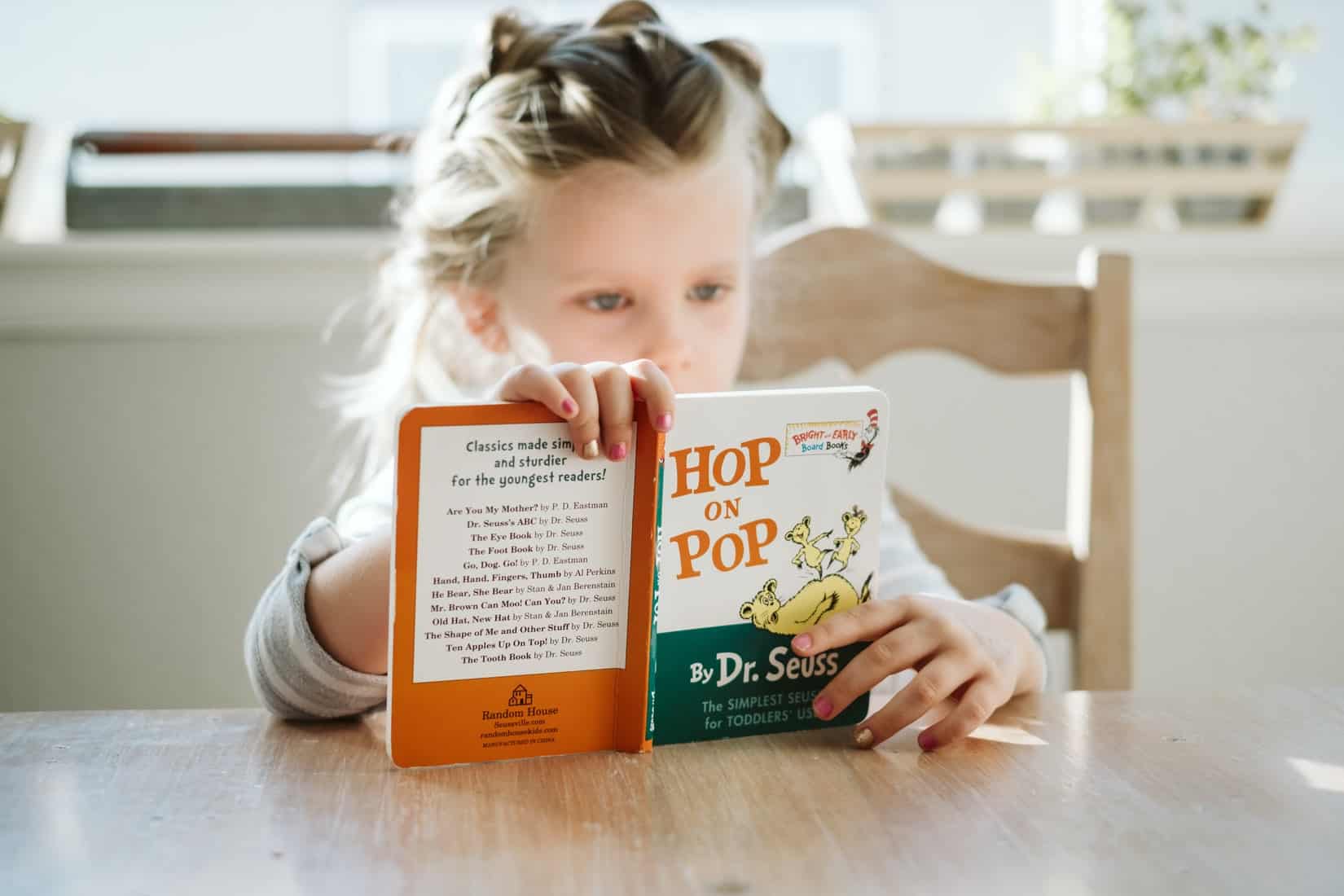
School may be out, but it’s still important to keep students reading and learning over the break. Assigning a summer reading list to your incoming students can be a helpful way to prepare kids for the next school year and limit literacy-related summer learning loss.
We’ve put together a few tips on how to create a summer reading list that will prepare students to enter your classroom ready to learn. Also, at the end of the list you’ll find some recommended summer reads organized by grade.
The key to a well-balanced summer reading list is variety. That way, students learn to study and think critically about many different topics. In particular, try to include at least one fiction and nonfiction book—both tend to have distinct styles that students should be exposed to from an early age.

If your students read a book related to something you plan to teach next year, they’ll be prepared with context that will help them engage more strongly in class. Look through your upcoming syllabus and pick a book or two that match up with future lessons.
For example, if you’re going to study the Civil Rights movement, you could assign The Watsons Go to Birmingham—1963 by Christopher Paul Curtis. Or if you’ll teach about astronomy, you could suggest Daring Dozen: The Twelve Who Walked on the Moon by Suzanne Slade.
If you’re looking for a book related to a particular topic or genre and can’t find the right one for your students, get in touch with your school’s librarian. They may be more familiar with children’s book releases and able to recommend a few helpful options.
Books by beloved children’s authors like Judy Blume or Arnold Lobel are classics for a reason. But to expose students to stories and circumstances that are more closely tied to their own lives, it can be helpful to have more recent books in your selection, too.
Keep an eye out for new children’s book releases to determine whether they might have a place on your summer reading list. You never know what new favorites you might find for your classroom library.
Getting kids to read over the summer can sometimes be tough, but it’s one of the best ways to prevent the summer slide. When you send out your summer reading list, encourage parents to make sure their child gets a little reading time every day. Additionally, connect them to resources like your local library that can help them find more engaging, level-appropriate books for their children.
Now that you’ve read some tips for choosing books for a summer reading list, we’ve got some recommendations to get you started.
Our K-2 recommendations are free, downloadable picture books from our parent engagement platform, Waterford Mentor. Many of the first and second grade books are available in English and Spanish. We’ve included links so you can share them with families for summer reading options.
We’ve chosen the 3-5 recommendations from our K-6 reading platform, Waterford Reading Academy. The platform includes curriculum and resources (which we call curriculets) around popular titles for older elementary students.
Note: Students in earlier grades who have not yet developed strong literacy skills may need to read these books (or be read aloud to) with a loved one rather than independently.
Using curriculets, you can assign your students questions and essay prompts that directly tie into your recommended summer reads. And once school starts, you can use our curriculum units for your classroom or independent reading assignments. As long as your student has access to a compatible computer or tablet, they can access Waterford Reading Academy from home, even over the summer.
Click here to start your free trial using our curriculets and see how our ready-to-use reading lessons can help your students keep up their reading and writing skills at an engaging, personalized pace. If you love the feature, get in touch to discover how Waterford Reading Academy can guide your students from “learning to read” to “reading to learn.”